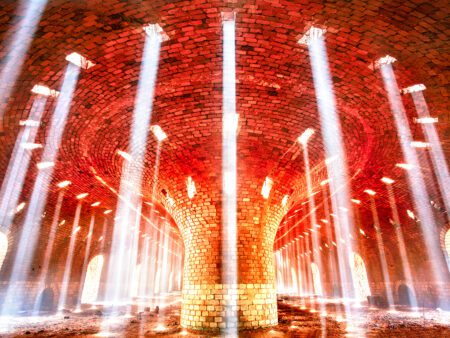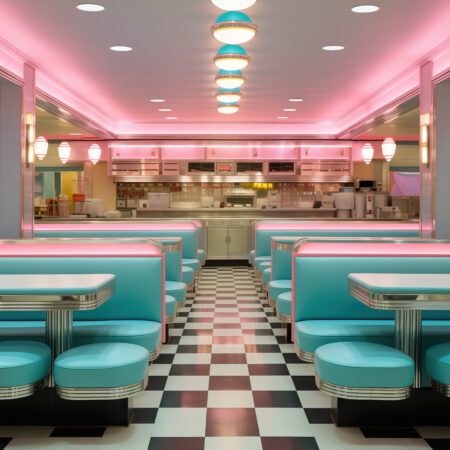Explore the evolution of casino architecture, from the modest beginnings in Las Vegas to the extravagant mega-resort casinos of Macau. Discover how technology and changing consumer preferences are shaping the casinos of the future.
The Evolution of Casino Architecture: From Vegas to Macau
When you hear the word ‘casino,’ what comes to mind? Bright lights, lavish interiors, and a buzzing atmosphere are likely the first images that pop into your head. These iconic elements have become synonymous with the casino experience, but have you ever wondered how it all started?
In this article, we will take a journey through time and explore the evolution of casino architecture, from its humble beginnings in Las Vegas to the extravagant resorts of Macau.
The Birth of Modern Casino Architecture
The concept of a casino, as we know it today, emerged in the city of Las Vegas in the early 20th century. At the time, the city was a small desert oasis, but it soon became a mecca for gambling and entertainment.
Early Las Vegas casinos were modest in size and design. They were typically located in downtown areas and featured a simple layout with a casino floor, a few gaming tables, and slot machines. These establishments catered primarily to locals and tourists looking for a quick gambling fix.
As Las Vegas grew in popularity, the demand for bigger and better casinos increased. Developers realized the potential of creating grand resorts that would attract visitors from all over the world.
The Rise of Mega-Resort Casinos
In the 1980s, Las Vegas witnessed a casino building boom that forever changed the landscape of the city. Developers started constructing mega-resort casinos, combining luxurious accommodations, top-notch entertainment, and world-class gaming facilities.
These new resorts traded the simplicity of their predecessors for opulence and extravagance. Striking architectural features, such as themed facades and iconic landmarks, became a hallmark of Las Vegas casinos. The goal was to create an immersive experience that transported visitors into a different world.
One of the most iconic examples of this new wave of casino architecture is the Bellagio. With its stunning fountains, ornate interiors, and impeccable service, it set a new standard for luxury in Las Vegas.
The Macau Phenomenon
While Las Vegas was solidifying its reputation as the casino capital of the world, another player was rising in the East – Macau. This former Portuguese colony became the first territory in China to legalize gambling in the early 21st century.
Macau quickly became the go-to destination for high-rollers and VIPs from mainland China. To meet the demand, developers spared no expense in creating mega-casinos that were even more extravagant than their Las Vegas counterparts.
Macau casinos took the concept of luxury to a whole new level. These sprawling resorts featured jaw-dropping architecture, massive gaming floors, and lavish accommodations. The Venetian Macao, inspired by its sister property in Las Vegas, became the epitome of grandeur, with its replica of the Venetian canals and gondolas.
The Future of Casino Architecture
As the casino industry continues to evolve, so does its architecture. Today, we are seeing a shift towards more sustainable and eco-friendly designs. Casinos are incorporating renewable energy sources, green spaces, and sustainable building materials into their structures.
Technology is also playing a significant role in shaping the future of casino architecture. Virtual reality and augmented reality are transforming the way we experience casinos, allowing us to immerse ourselves in virtual worlds and interact with games in new and exciting ways.
With the rise of online gambling, traditional brick-and-mortar casinos are facing new challenges. To stay relevant, they must adapt their architecture to offer unique experiences that cannot be replicated online. This could mean incorporating more entertainment options, specialized dining experiences, or immersive themed environments.
The Verdict
The evolution of casino architecture is a testament to our never-ending quest for bigger, better, and more immersive experiences. From the humble beginnings of Las Vegas to the grandeur of Macau, casinos have transformed into extravagant resort destinations that captivate the imagination.
As we look to the future, it will be fascinating to see how technology and changing consumer preferences shape the casinos of tomorrow. One thing is for certain – the allure of the casino will continue to draw us in, promising a world of excitement and entertainment.










